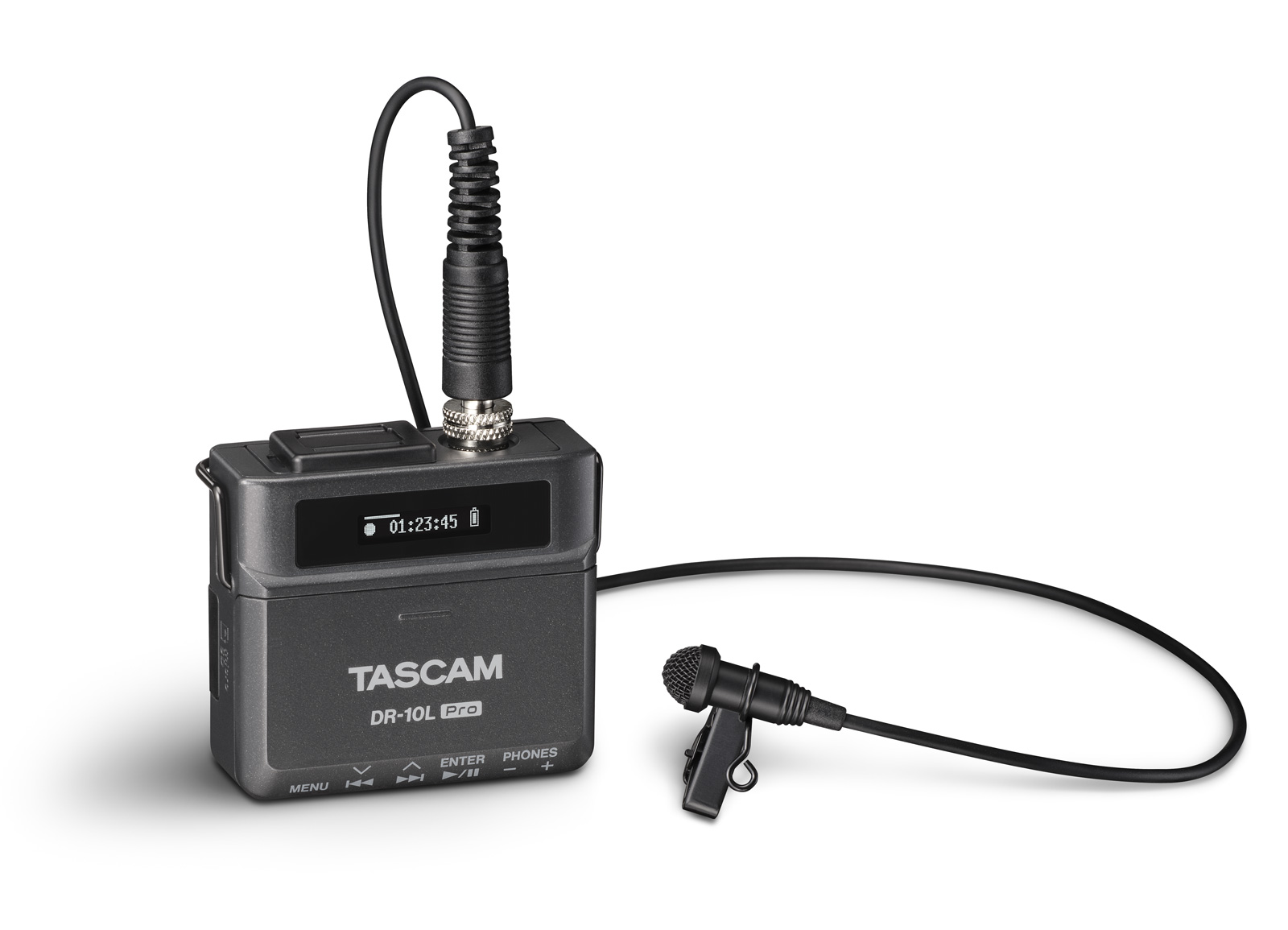Hello
I have been birding for some years now, only on a hobby level, but I would like to start record sounds while I'm in the field, not for saving records of different species, but more because I often experience to hear a bird sound, but not being sure exactly which bird it is.. So I would like to record constantly while I'm out and later be able to listen to my recording to find out what species it is..
I'm looking for what would be the best equipment for a decent amount of money (max 250€), that can record sound while I'm in the field.. It should have a decent lifetime on the battery and be easy to use, just to attach to the bag or similar... When I search online I see people propose a lot of advance equipment, which is way above my needs/level..
I found something like Zoom H4NPRO BLACK audio recorder, which looks like an option, but I would like to hear other birders opinion as well, what you guys would suggest.. Maybe this is way above what I need or?
Thanks for any inputs..
I have been birding for some years now, only on a hobby level, but I would like to start record sounds while I'm in the field, not for saving records of different species, but more because I often experience to hear a bird sound, but not being sure exactly which bird it is.. So I would like to record constantly while I'm out and later be able to listen to my recording to find out what species it is..
I'm looking for what would be the best equipment for a decent amount of money (max 250€), that can record sound while I'm in the field.. It should have a decent lifetime on the battery and be easy to use, just to attach to the bag or similar... When I search online I see people propose a lot of advance equipment, which is way above my needs/level..
I found something like Zoom H4NPRO BLACK audio recorder, which looks like an option, but I would like to hear other birders opinion as well, what you guys would suggest.. Maybe this is way above what I need or?
Thanks for any inputs..







